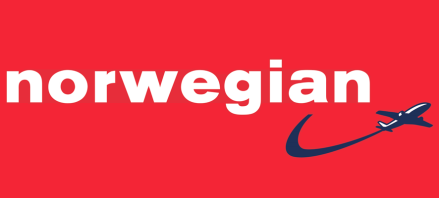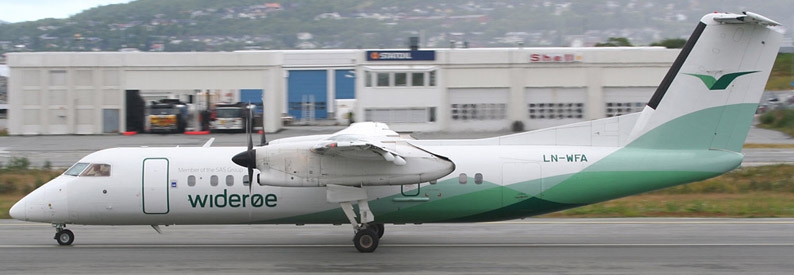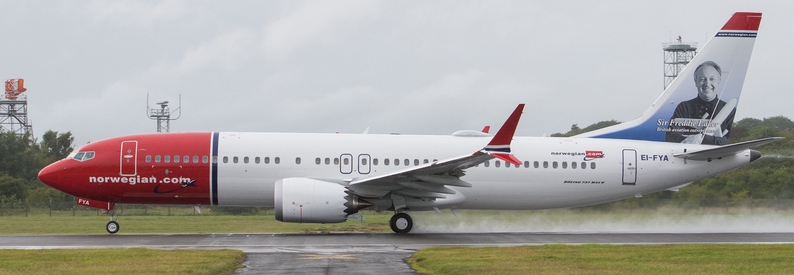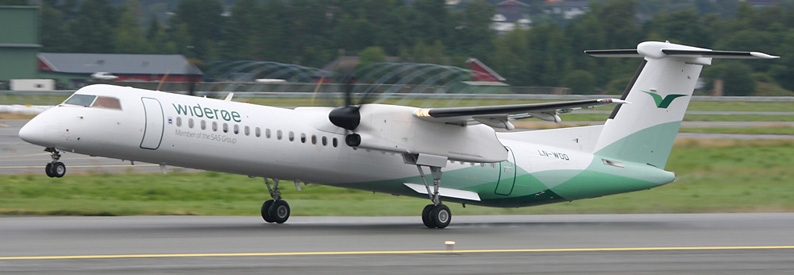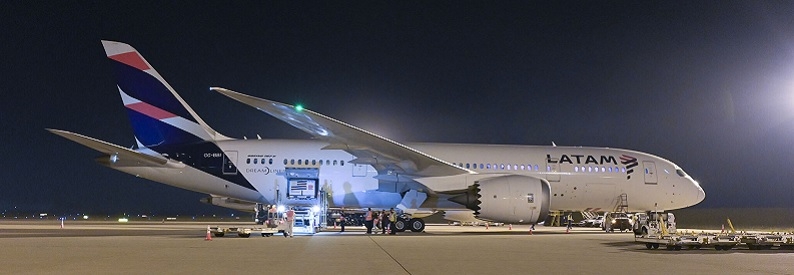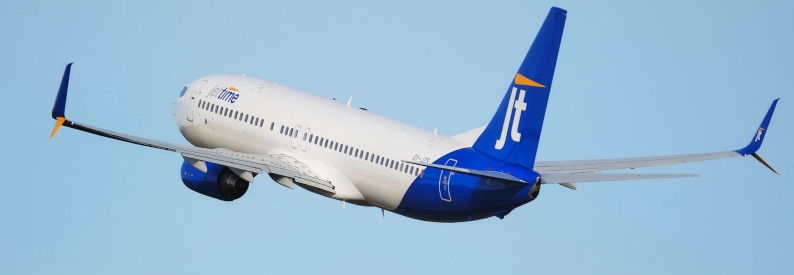As it continues to report “a steady increase in passenger numbers,” Norwegian (Oslo Gardermoen) has resolved to “selectively add to its growing aircraft fleet” by leasing up to thirteen more B737-800s “on favourable terms” amid expectations of higher demand for travel in summer 2022.
The aircraft are scheduled to be delivered in the fourth quarter of 2021 and first quarter of 2022, the newly rejuvenated low-cost carrier outlined in an Oslo Stock Exchange filing on October 27. It did not name the lessors but said they “are experienced and have prior relationships with Norwegian.”
The lease terms are between five to eight years, depending on the age of the aircraft, and include power-by-the-hour arrangements for both the current and 2022/23 winter seasons, “giving Norwegian the necessary flexibility to manage capacity through the low season as the world emerges from the Covid pandemic.”
Norwegian said it would also have the right, under some of the leases, to substitute the B737s “for new-technology narrowbody aircraft from either Boeing or Airbus. This will enable Norwegian to continue its focus on offering the most environmentally friendly travel options for our customers.”
CEO Geir Karlsen had already confirmed in early October that rising demand meant the fleet needed to grow again, from fifty-one B737-800s today, operated on a power-by-the-hour basis until the end of the first quarter of 2022, “to between 60 and 70” by next summer.
Summarising its traffic data for October, Norwegian revealed on November 3 that “demand has continued to respond well” to its post-restructuring focus on routes in the Nordic countries and within Europe. It carried 1,203,205 passengers during the month, with a load factor of 82.7%. Karlsen stressed in the statement that “we are seeing an increase in bookings in our European network.”
Norwegian also recently reported its results for the third quarter of 2021, posting a net profit of NOK169 million kroner (USD19.8 million) compared to a loss of NOK980 million (USD114.8 million) in the same period in 2020.
“Continued cost control throughout the company combined with low cash burn has resulted in a strong financial position entering into the winter period with NOK7.6 billion [USD890 million] in cash and equivalents,” the company said. “The stringent focus on costs and expenditure places Norwegian in a far stronger position over the winter months than in previous years. Booking curves continue to show a positive trend well into 2022.”
The board of directors confirmed in an outlook statement in the results that the carrier planned a “ramp-up to around 70 short-haul aircraft in 2022.” However, “the continued increase in fuel prices is expected to partly offset the company’s positive recovery from the pandemic.” It also cautioned that “the Covid-19 situation is continuously changing and new laws and regulations that affect our operations may enter into force.”
Meanwhile, in related news, Norwegian Air Resources Spain, a wholly Norwegian-owned subsidiary responsible for pilots and cabin crew in that country, has emerged from bankruptcy, the newspaper Vozpópuli reported, although Red Handling Spain and Red Maintenance Spain, responsible for ground services and MRO at the airline’s Spanish bases, continue under bankruptcy protection for now. The three units applied for protection from creditors in December 2020.
Last month, Norwegian informed all of its remaining crew (having shed 975 workers, it currently has 146 cabin crew and 86 pilots on furlough) of its intention to fully reincorporate them, starting from November, in order to meet growing traffic demand, staff representatives told the daily.
